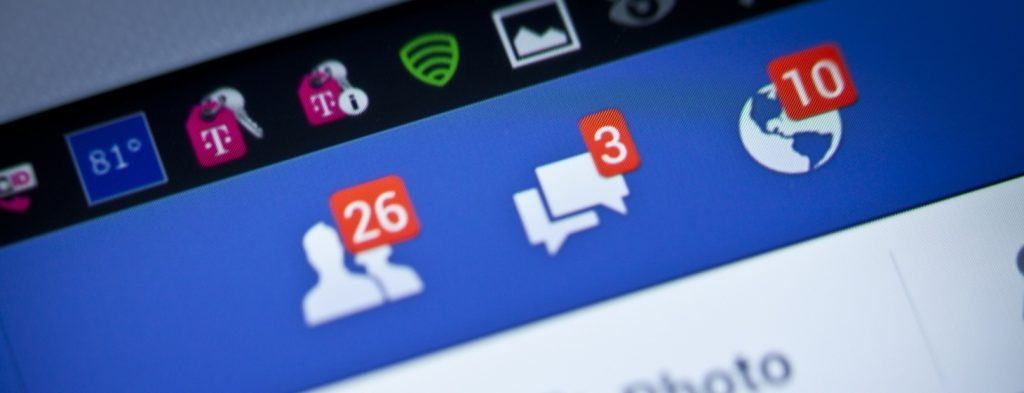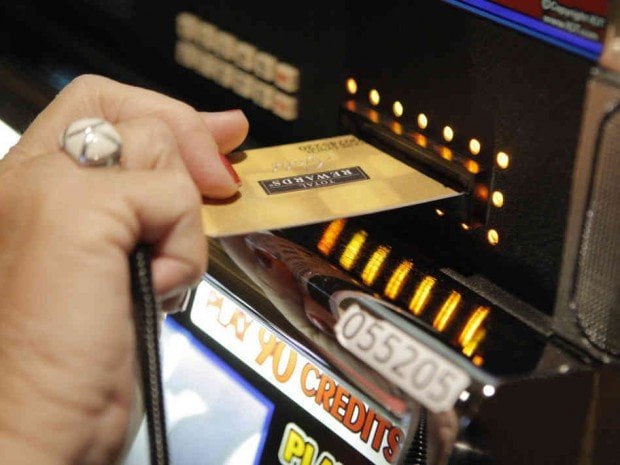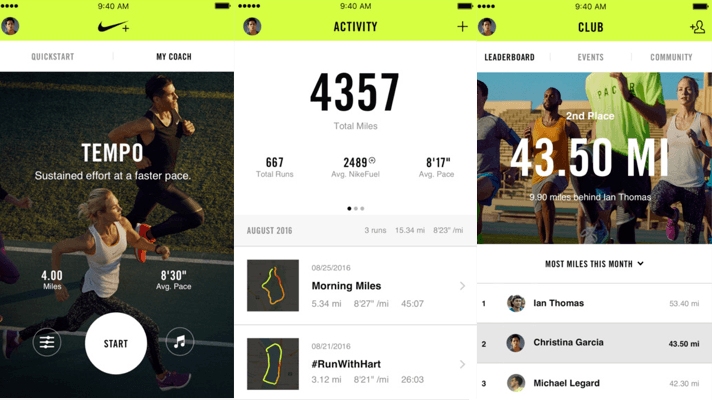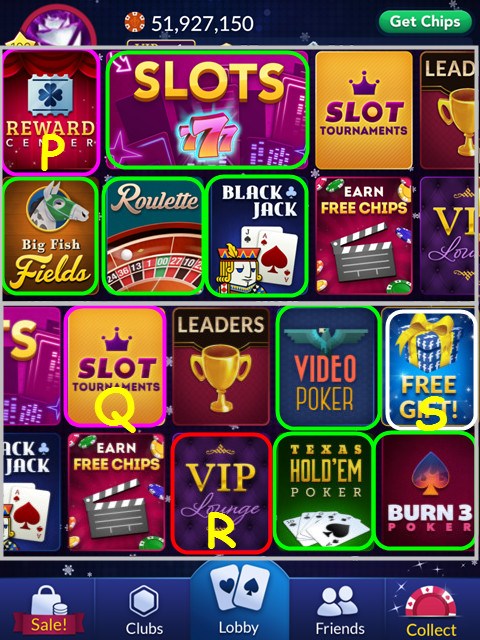How Social Media Platforms Harness Casino-Inspired Engagement Tactics

The way we interact with technology has evolved dramatically, with screens now drawing the attention of people from the youngest toddlers to experienced adults. Modern devices and applications are built to be irresistible, leading many of us to unconsciously check our phones countless times daily-studies suggest the average user touches their smartphone over 80 times a day. This keen user engagement is not accidental: it’s the result of an industry-wide race to perfect the science of capturing and holding our focus.
The techniques behind these compelling digital experiences have deep roots in the world of casinos. For decades, casinos have designed their environments to maximize player retention-think of unfamiliar floor plans, soothing carpets, and the absence of windows or clocks. Today, leading social media platforms are repurposing these psychological strategies to keep users endlessly scrolling and interacting.

The Psychological Blueprint: Why Uncertainty Hooks Us
At the heart of both casino games and social media platforms lies a simple, powerful psychological draw: unpredictability. Whether waiting for the spinning slot reels to stop or refreshing your social feed to check for new notifications, the element of suspense keeps users engaged. Social networks build in short delays before showing notifications or likes-not because it’s necessary, but to heighten anticipation and create the same kind of risk-reward tension that makes gambling so addictive. The pleasure from 'winning'-be it a jackpot or a flurry of social engagement-triggers the release of dopamine, reinforcing the urge to return for more.

The suspense of “Will my post get likes?” mirrors the anxious hope of a slot machine spin. Wins and positive feedback are unpredictable and infrequent, making the reward all the more satisfying. Conversely, when social posts go unnoticed, much like a losing spin, it provokes disappointment and drives users to try again.
Looping Rewards: The Science Behind Continued Engagement
The foundation of addictive design in both casinos and digital platforms is the variable reward schedule-a concept first tested by psychologist B.F. Skinner using pigeons. When feedback or rewards come at irregular intervals, behaviors intensify. In casinos, this manifests as erratic payouts; on social media, it’s the sporadic bursts of engaging notifications.
Every ‘like,’ comment, or follower notification offers a rush similar to a small casino win. These unpredictable rewards create powerful feedback loops, compelling us to repetitively check for updates and notifications.

Experts explain that it’s this inconsistent reinforcement that forges such strong habits. If every spin or social interaction resulted in a major win or huge feedback, players would cash out or users would disengage. Instead, it’s the steady stream of modest, sometimes meaningless, notifications blended with the occasional ‘jackpot’ that keeps people coming back.
Social platforms increase engagement by generating events and notifications that ensure there’s always something to see-even if most alerts are routine. Yet, the mere possibility of an exciting or meaningful interaction makes checking irresistible.
Data-Driven Personalization: Borrowing from Casino Loyalty Programs
One of the most potent tricks that social media giants have borrowed from the casino industry is comprehensive user tracking. Just as casinos use player cards to monitor gaming habits and incentivize continued play, social platforms rely on sophisticated algorithms to analyze user behavior and personalize content.
Every like, click, and browsing session feeds into profiles that help serve highly tailored ads and recommendations. This isn’t a fluke-it’s a calculated approach to ensure continued engagement and to make users feel understood and valued.

Casinos have leveraged magnetic cards and player profiles since the 1980s to gather detailed information-such as preferred games, bet amounts, and favorite rewards. In turn, they offer customized bonuses and points in tiered loyalty programs designed to keep players in-house.
Similarly, social apps use behavioral data to power recommendation engines and loyalty-style programs. While this enables more relevant suggestions and advertising, it also raises important questions about privacy and data security.
Reinventing Motivation: Gamification Across Digital Platforms
Gamification expands on classic loyalty programs, providing users with a sense of achievement and long-term goals. For casinos, this has meant player points, exclusive benefits, or upgraded status levels-making the experience more than just a gamble.

In the realm of apps and social media, gamification manifests through digital badges, leaderboards, follower milestones, and public recognition:
- Rideshare apps have offered free rewards for referrals.
- Fitness and navigation applications display leaderboards, driving competitive engagement.
- Social networks incentivize influence through visible follower and like counts.
This evolution has turned slot machines into the dominant revenue stream for casinos, with some industry estimates suggesting they account for up to 80% of total gaming income. The blend of entertainment, reward, and status, so well established in gambling, has become fundamental in the digital world.
When Inspiration Circles Back: Casinos Take Lessons from Social Media
As social media continues to refine and perfect these engagement approaches, the relationship between casinos and tech companies is becoming a two-way street. With casinos facing challenges in attracting younger audiences, many are now taking inspiration from social media’s tools for community-building, gamification, and viral sharing.

Casino operators and game manufacturers are now investing in social and mobile gaming ventures, exploring how integrated social features can attract new generations of players. Popular social casino games like Zynga Poker and Big Fish Casino have introduced millions to the mechanics of gambling in a digital, socially connected space-even without real-money wagering.
Conclusion: The Enduring Power of Behavioral Design
Social media’s ability to captivate and engage is no accident-it is rooted in the same well-tested psychological principles that have kept casino guests coming back for decades. Tactics such as variable rewards, data-driven personalization, and gamified loyalty continue to blur the lines between leisure, competition, and compulsion.
Understanding these tactics allows users to better navigate the digital world, making informed choices about how they spend their most precious resource: attention. As the interaction between technology and psychology deepens, recognizing these borrowed tricks is key to reclaiming control over our digital habits.













